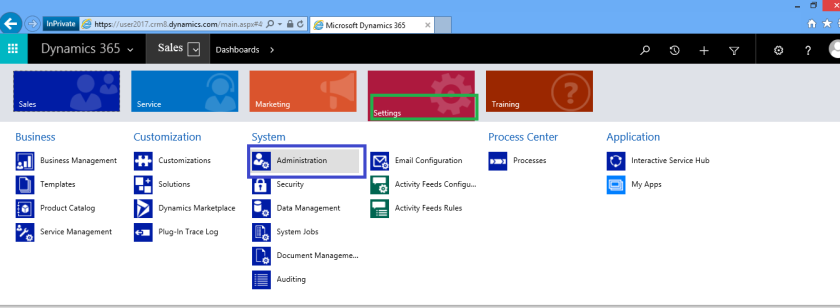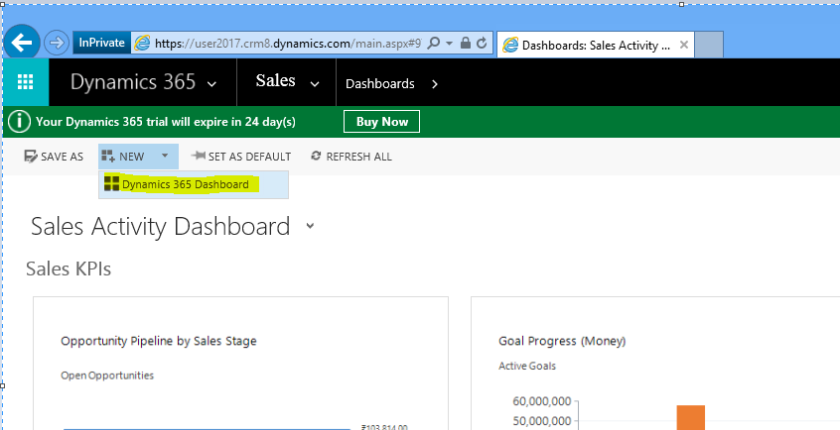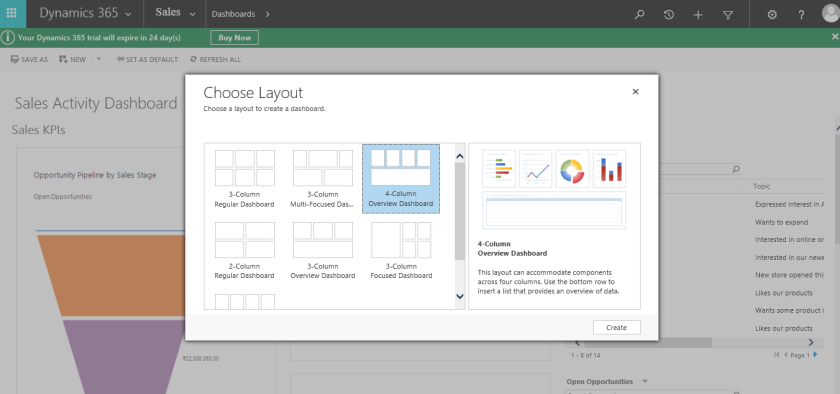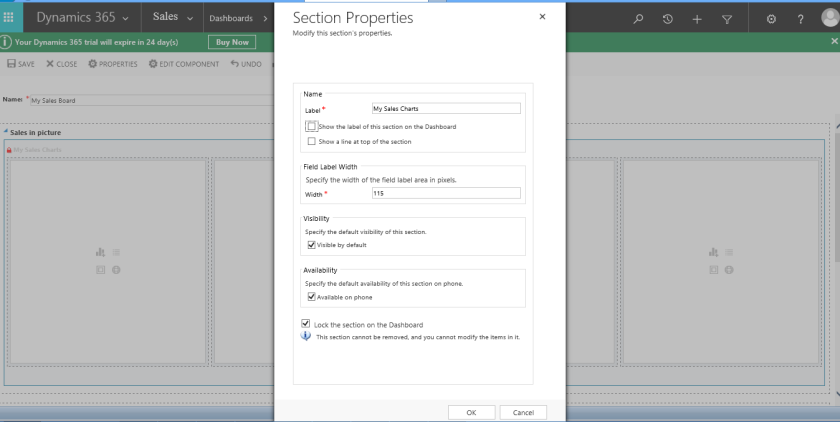Quick Find
In MS Dynamics CRM, There is a feature to do a quick search for organization. There are different types of searches available in MS CRM. They are
- Quick Find
- Quick Find View
- Advanced Find
Today we are going to discuss about Quick Find which is available on top right side of the UI. We can enable and disable the Quick find and we can limit the entities which we are going to allow global searching. We can use special symbol (*) to find anything that contains those characters which are typed along with *.
Let’s see how to use the Quick find in Dynamics 365.
First select the quick find icon which is on top right side. Please find the below screenshot for the same.
- In the search box let’s type the text whatever we want to search and click the icon.
- Now the results will be shown as below irrespective of the text found or not
 4. if we know only the part of the text then type the text as below
4. if we know only the part of the text then type the text as below
*city / city*/ *city*

- We can restrict the entities to be searched also for the quick find. Please follow the below steps to restrict the entities.
- Navigate to Settings -> Administration
- Open System Settings -> General tab as below.

Scroll down and find the option “Setup on Quick Find” -> Select

- When we click on “Select” there is another dialog box opened with available and selected entities.
We can add/remove the entities for quick find as below.

- After clicking OK, Navigate to the Quick find page and see the Filter with drop down. It has all the entities whichever we have selected for the Quick find.

In this way we can do the search across the organization without navigating to the entities.









